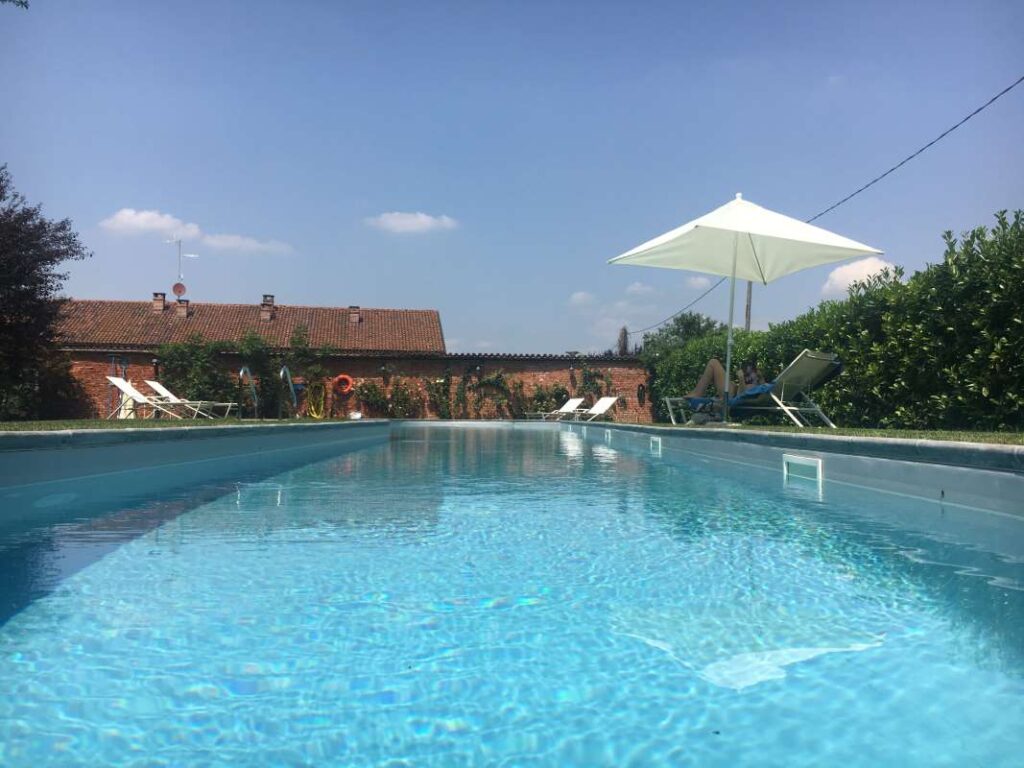Financing Equipment Upgrades: Lease vs. Buy
Explore the pros and cons of financing equipment upgrades through leasing versus buying to make informed decisions for your business.
This blog post delves into the intricacies of financing equipment upgrades, comparing leasing and buying options. Whether you’re an aspiring entrepreneur or a seasoned business owner, understanding the financial implications of your equipment choices is crucial. We’ll explore the benefits and drawbacks of each approach, offer real-world examples, and provide essential insights to help you make the best decision for your business.
Introduction
In the ever-evolving landscape of business, upgrading equipment is often a necessary step to remain competitive. Whether you’re in the pool maintenance industry or another sector, the choice between leasing and buying equipment can significantly impact your finances and operational efficiency. This decision isn’t just about immediate costs; it involves evaluating long-term benefits, tax implications, and even potential liabilities. In this blog post, we’ll dissect the advantages and disadvantages of each financing option, offering insights tailored to various business needs. By the end, you’ll be equipped to make an informed choice that aligns with your business goals.
Understanding Leasing: An Overview
When considering financing options, leasing has become increasingly popular among businesses looking for flexibility and lower upfront costs. Here’s a deeper look into what leasing entails:- Definition: Leasing is essentially a rental agreement, allowing you to use equipment without owning it. At the end of the lease term, you typically return the equipment, purchase it at a predetermined price, or renew the lease.- Cost Efficiency: One of the most significant advantages of leasing is that it often requires less capital upfront compared to buying. For instance, if you’re interested in acquiring
pool routes for sale in Florida, leasing may allow you to obtain necessary equipment while conserving cash flow for operational expenses.- Up-to-Date Equipment: Leasing can give you access to the latest technology and equipment without the long-term commitment. This is particularly relevant in industries like pool maintenance, where equipment technology rapidly evolves. Regularly upgrading equipment can enhance service quality and efficiency.- Tax Benefits: Lease payments are often considered business expenses, making them tax-deductible. This can significantly reduce the overall cost of leasing equipment compared to buying it outright.However, leasing also has its downsides. Businesses may face higher overall costs if they continually lease rather than eventually own equipment. Additionally, there may be restrictions on usage and modifications, which can limit operational flexibility.
Advantages of Buying Equipment
For many businesses, purchasing equipment outright is the preferred method. Here’s why buying can be advantageous:- Ownership and Asset Building: When you buy equipment, it becomes an asset on your balance sheet. This can be beneficial for financial stability and can be leveraged for loans or other financing needs in the future.- No Ongoing Payments: After the initial investment, there are typically no ongoing payments, which can ease cash flow management. For example, owning equipment in a pool service business means you won’t incur monthly lease payments, allowing funds to be allocated toward other business growth areas.- Customization Flexibility: Owning your equipment means you have the freedom to modify or upgrade it as needed without restrictions from a leasing agreement.- Tax Deductions: While leasing offers tax advantages, purchasing equipment can also provide tax benefits through depreciation. Businesses can write off the depreciation of the equipment over time, which can lead to significant tax savings.However, buying equipment does require a substantial upfront investment, which can strain financial resources. Additionally, equipment can lose value over time, making it important to consider resale value when making purchasing decisions.
Comparing Costs: Lease vs. Buy
To make an informed decision, it’s crucial to compare the costs associated with leasing versus buying. Here’s a breakdown of key factors to consider:1. Initial Investment: – Leasing: Generally, leasing requires a lower initial investment. It may involve a down payment (often lower than purchasing) and monthly payments. – Buying: Purchasing equipment usually requires a significant upfront payment, which may be challenging for startups or small businesses.2. Total Cost Over Time: – Leasing: Total costs can accumulate if equipment is leased over many years without buying it ultimately. Consider the long-term financial implications of continuous leasing. – Buying: While buying may be more expensive initially, it may prove to be the more cost-effective choice over time, especially if you keep the equipment for many years.3. Maintenance and Repairs: – Leasing: Leases may include maintenance agreements, reducing additional costs. However, this varies by lease agreement. – Buying: As the owner, you are responsible for all maintenance and repairs, which can add to the total cost.4. Depreciation and Resale Value: – Leasing: There’s no depreciation concern since you don’t own the equipment. – Buying: Depreciation affects the overall value. Researching resale value is essential to understand how much you can recover if you sell the equipment later.Calculating the total cost of ownership or leasing over the expected lifespan of the equipment can provide valuable insights. For example, if a piece of equipment costs $10,000 to buy and $300 per month to lease, running the numbers over five years can highlight which option is financially more viable.
Real-World Scenarios and Examples
To further illustrate the differences between leasing and buying, consider the following scenarios:- Scenario 1: A Startup Pool Maintenance Business An aspiring entrepreneur interested in starting a pool service business might consider leasing. With limited capital, leasing allows access to necessary equipment, ensuring that the entrepreneur can begin operations quickly while keeping cash flow for marketing and customer acquisition. This decision can be especially beneficial with
pool routes for sale in Texas, where immediate operational readiness is crucial.- Scenario 2: An Established Pool Service Company An established business looking to expand may choose to buy new equipment outright. With stable cash flow and a solid customer base, purchasing allows the company to own assets that can be utilized long-term, saving on ongoing lease costs. Additionally, the business can customize the equipment to better meet customer needs, enhancing service quality and satisfaction.These scenarios demonstrate how different business stages and financial situations can influence the decision to lease or buy equipment.
Best Practices for Making the Decision
When faced with the choice between leasing and buying, consider the following best practices:1. Assess Your Financial Situation: Understand your cash flow and available capital. If your business has limited funds, leasing may be a more suitable option. 2. Evaluate Your Business Needs: Consider how frequently you need to upgrade equipment. If technology changes rapidly in your industry, leasing might offer the flexibility you need.3. Consider Long-Term Goals: Align your decision with your business’s long-term objectives. If building equity is essential, purchasing may be the better route.4. Conduct a Cost Analysis: Create a detailed cost analysis comparing total expenses for leasing versus buying. Factor in maintenance, repair costs, and potential tax implications.5. Consult with Financial Advisors: Seek advice from financial professionals or accountants to understand the tax ramifications and financial impact of each option.By following these practices, you can make a well-informed decision that aligns with your business needs and financial goals.
Conclusion
In conclusion, the decision to lease or buy equipment is nuanced and should be tailored to your business’s specific circumstances. Leasing offers flexibility and lower upfront costs, making it an attractive option for startups or those looking to conserve cash flow. Conversely, buying equipment can be more beneficial for established businesses focused on building assets and minimizing long-term costs.Understanding the implications of each option will enable you to align your equipment financing strategy with your overall business objectives. Whether you’re exploring
pool routes for sale or considering equipment upgrades, make sure to weigh all factors carefully. Take the time to analyze your financial position, operational needs, and long-term goals.Ready to make a decision? Explore your options today and ensure your business thrives with the right equipment strategy! For further assistance or to learn more about available routes, visit our
Superior Pool Routes homepage or
contact us.



